October 10, 2024 By Hasan 6 minutes

Lean manufacturing is a systematic approach aimed at reducing waste while maintaining or improving production quality and efficiency. Developed primarily from the Toyota Production System (TPS), lean manufacturing has become a standard in various industries for optimizing processes, minimizing unnecessary costs, and delivering maximum value to the customer. This approach revolves around creating more value with fewer resources by systematically eliminating non-value-added activities.
This article explores the essential lean manufacturing tools and techniques, breaking them down into manageable components that any organization can implement. Whether you’re a seasoned industry professional or new to manufacturing, these principles can help you improve production efficiency, reduce waste, and enhance overall productivity.
Before delving into specific tools and techniques, it’s essential to grasp the core concept of lean manufacturing. The primary focus is on maximizing value by eliminating waste (referred to as “muda” in Japanese). Waste, in lean terms, refers to any activity or process that consumes resources but doesn’t add value to the final product.
Lean is built upon two pillars:
The foundation of lean revolves around identifying and eliminating waste. Lean classifies waste into eight categories (often referred to as TIMWOODS):
By reducing or eliminating these wastes, organizations can streamline operations, reduce costs, and improve product quality and delivery.
1. 5S Methodology
Read More: What is 5S methodology? The ultimate 5s guide
Read More: How to Implement 5S | A Step-by-Step Guide |
The 5S system is a workplace organization tool that helps create a clean, organized, and efficient work environment. It emphasizes the importance of keeping only essential items and maintaining cleanliness.
The 5S stands for:
By implementing the 5S methodology, businesses can reduce waste associated with searching for tools or materials and improve workflow and safety.

Kaizen, which means “change for the better,” is one of the core principles of lean manufacturing. It focuses on continuous improvement through small, incremental changes. Unlike large-scale overhauls, Kaizen encourages employees at all levels to contribute ideas for improving processes.
Kaizen involves:
The cumulative effect of these small improvements can significantly enhance overall operational efficiency. By fostering a culture of continuous improvement, companies can ensure that they are always moving toward higher levels of performance.

Value stream mapping is a visual tool used to analyze the flow of materials and information required to bring a product or service to the customer. It helps identify bottlenecks, inefficiencies, and non-value-added activities in the production process.
The steps to creating a value stream map include:
By visualizing the entire process, organizations can better understand how work progresses and identify opportunities for improvement.

Read More: Just In Time (JIT): A Comprehensive Guide for Engineers
The Just-In-Time methodology focuses on producing exactly what is needed, when it is needed, in the quantity needed. The aim is to reduce excess inventory, minimize lead times, and respond more quickly to customer demands. JIT helps organizations cut down on waste related to overproduction and storage costs.
JIT production relies on precise planning and close coordination between suppliers and production teams. When implemented effectively, it leads to reduced inventory levels, improved cash flow, and better responsiveness to market changes.
However, JIT requires a high level of discipline and excellent supply chain management. A breakdown in the supply chain can lead to production delays.
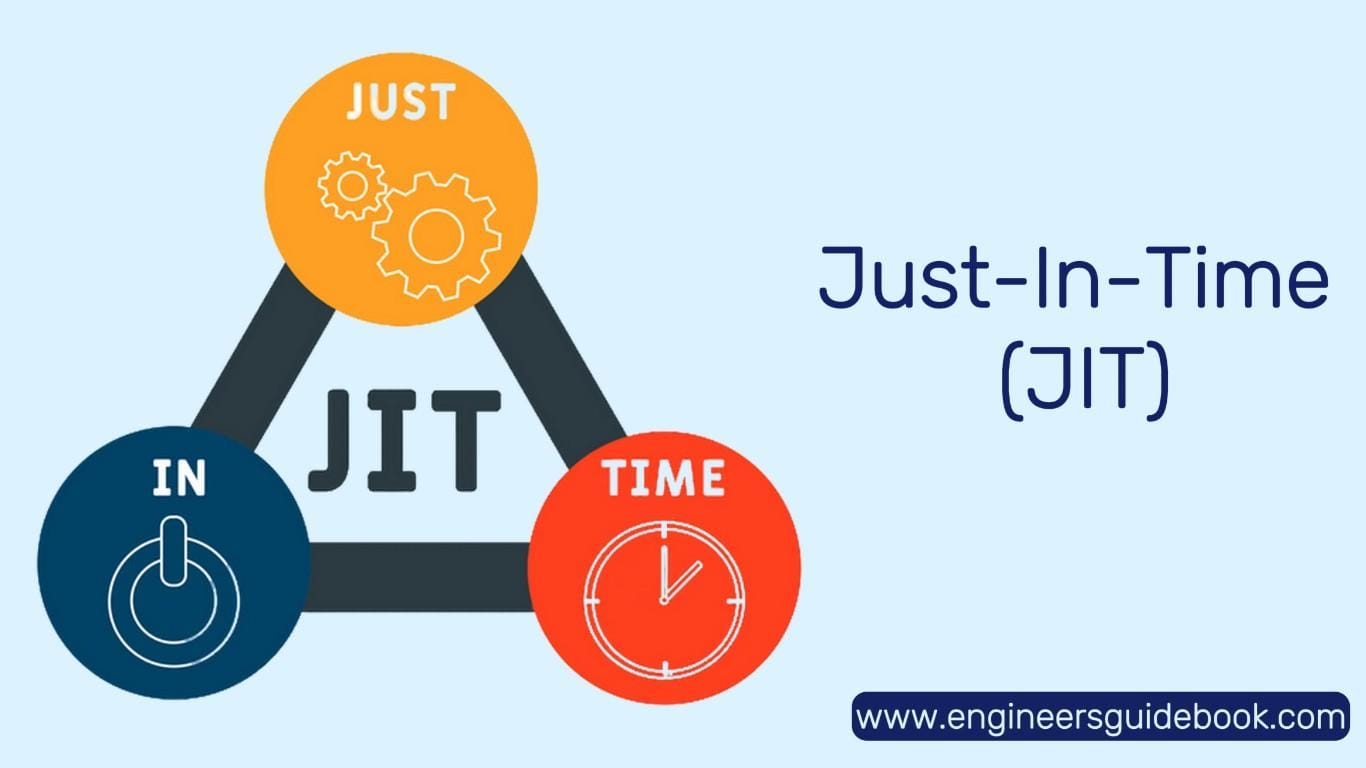
Kanban is a scheduling system that helps manage production by visually signaling when more work should begin. Often used in conjunction with JIT, it aims to improve workflow by ensuring that work is only started when needed, thereby preventing overproduction.
The Kanban system typically uses visual cues, such as cards or bins, to signal when materials are required. For example, once a bin of parts is emptied, a Kanban card signals the need for more parts. This ensures that production runs smoothly without the risk of excess inventory.
Kanban helps businesses maintain a steady workflow, minimize waiting times, and ensure that processes are running efficiently.
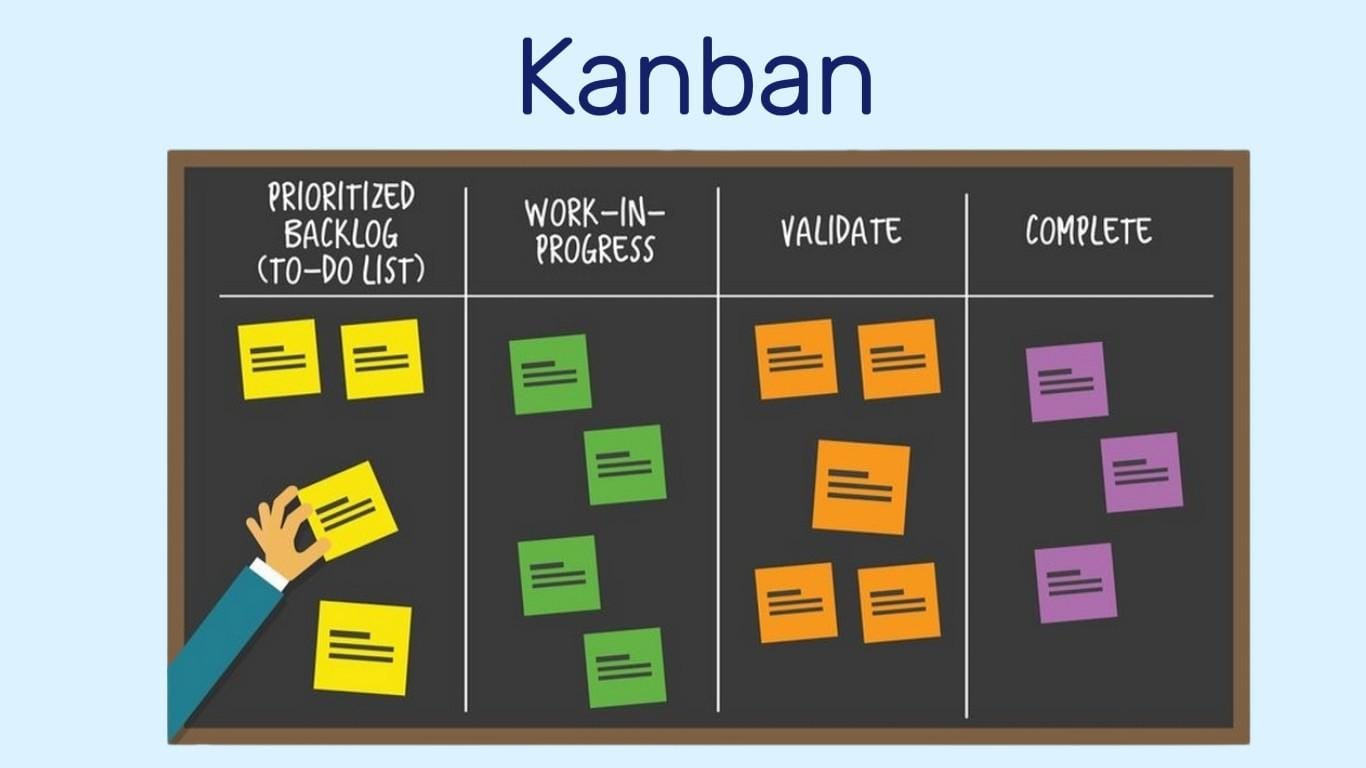
Poka-yoke is a lean tool designed to prevent errors or defects in the production process. It translates to “mistake-proofing” and involves designing processes and equipment so that mistakes are either impossible or immediately detectable.
Poka-yoke can be as simple as adding a fixture that prevents a part from being installed incorrectly or more complex automated systems that detect defects in products before they move to the next stage of production.
By reducing the risk of human error, poka-yoke ensures higher product quality and reduces the time and cost associated with fixing defects.
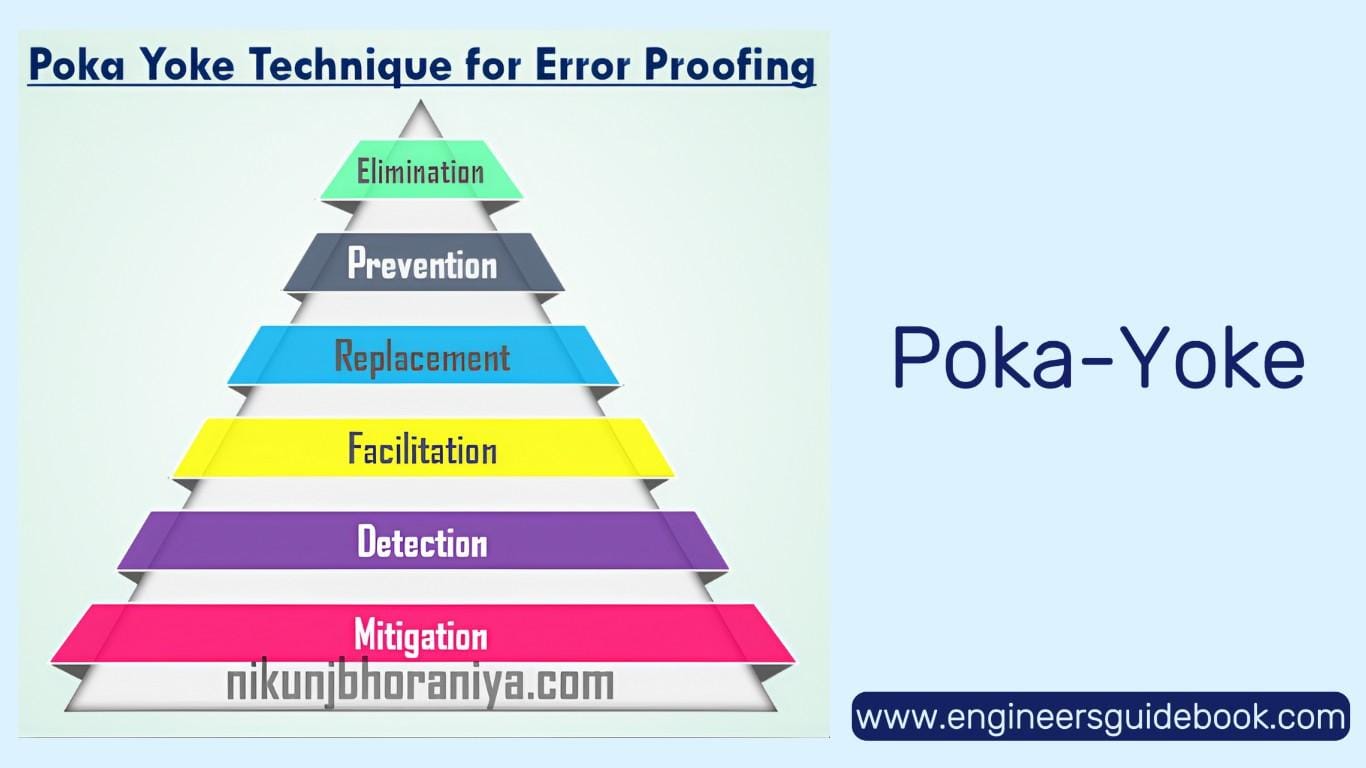
Total Productive Maintenance focuses on maximizing equipment efficiency and minimizing downtime by involving all employees in regular maintenance activities. TPM aims to improve productivity by ensuring that machines are in optimal working condition and that breakdowns are minimized.
Key elements of TPM include:
With TPM, organizations can improve equipment reliability, reduce downtime, and extend the life of their machines.
Heijunka is a technique used to level the workload and reduce fluctuations in production. Rather than producing in large batches, Heijunka advocates for smoothing out production so that work is distributed evenly over time.
By leveling the workload, companies can reduce bottlenecks, minimize inventory, and respond more flexibly to changes in demand. Heijunka is often implemented in conjunction with other lean tools, such as JIT and Kanban, to create a balanced and efficient production system.
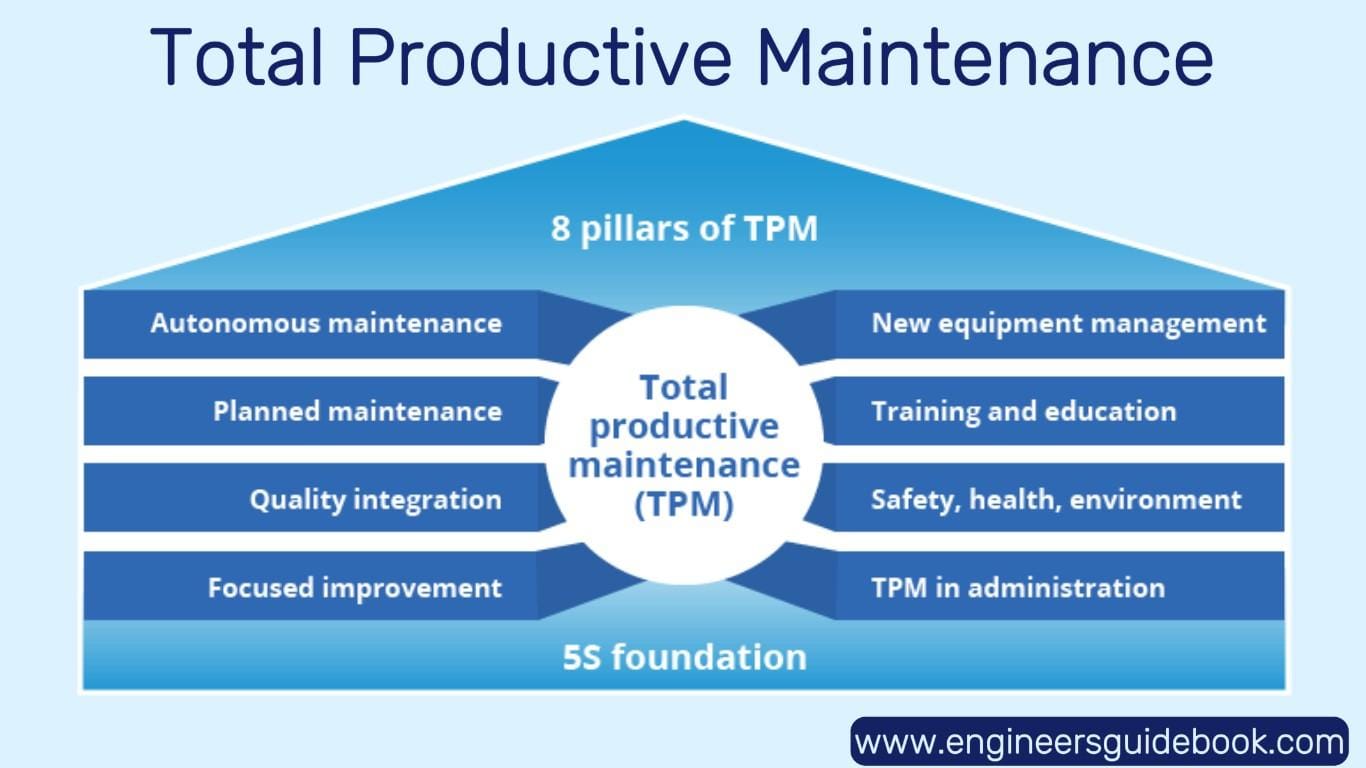
Takt time is the rate at which products need to be produced to meet customer demand. It is calculated by dividing the available production time by the customer demand.
For example, if a factory operates for 8 hours a day (28,800 seconds) and needs to produce 240 units, the takt time would be 120 seconds per unit. This means that every unit must be produced within 120 seconds to meet customer demand.
Takt time helps organizations pace their production processes and ensure that work is being completed in line with demand. It also helps identify bottlenecks and areas where process improvements are needed.
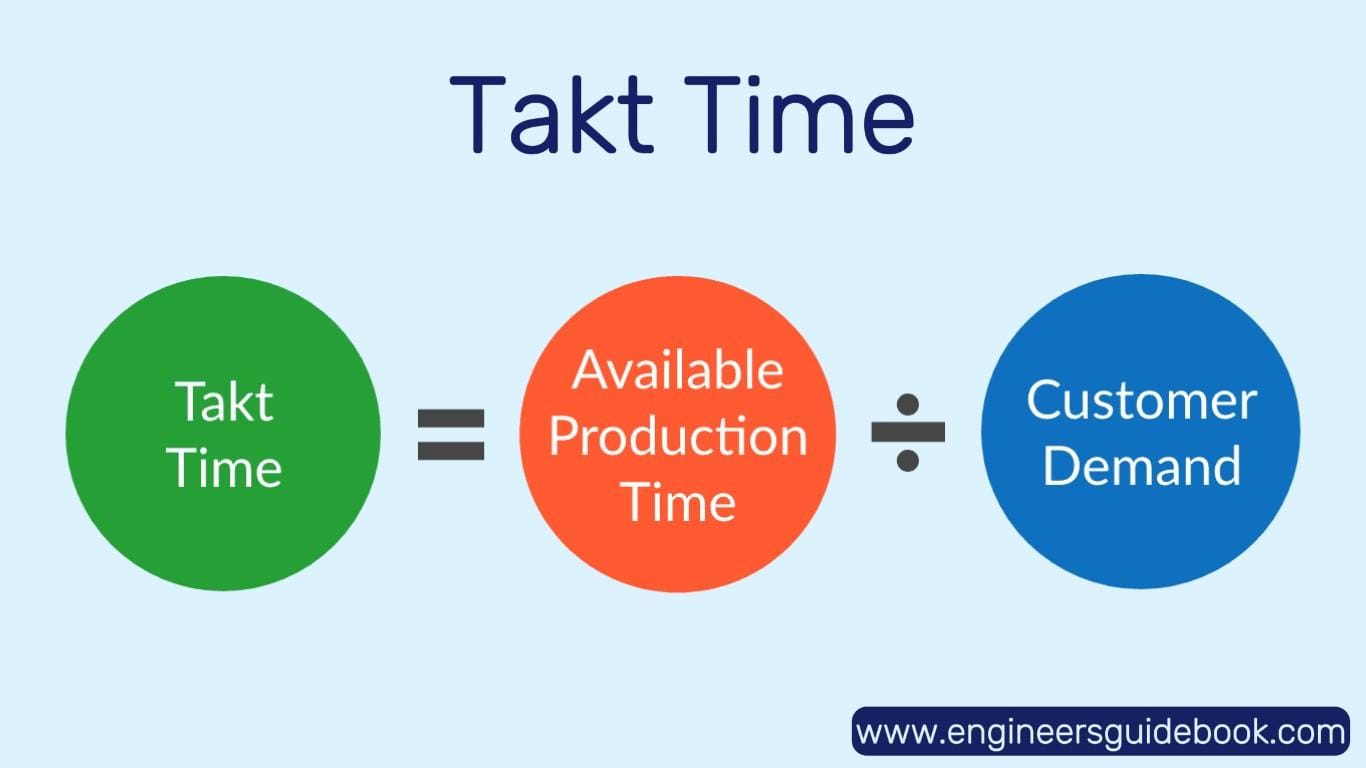
While Six Sigma is often viewed as a separate methodology, it complements lean manufacturing by focusing on reducing variation and defects in production processes. Six Sigma uses data-driven techniques to improve process quality and eliminate defects.
The core methodology of Six Sigma follows the DMAIC process:
Six Sigma aims to reduce variation and improve process capability, resulting in higher product quality and customer satisfaction.
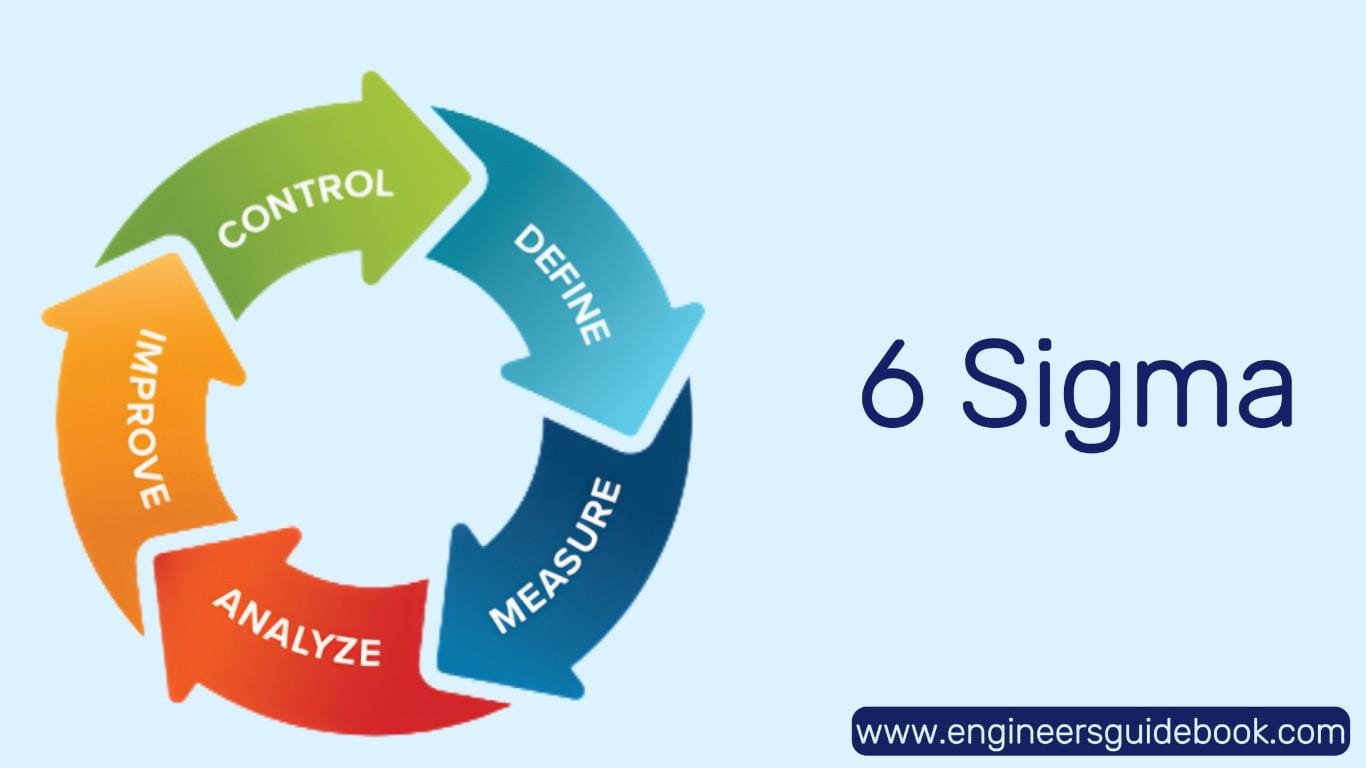
Standardized work refers to defining the best, most efficient way to perform a task or process and ensuring that it is consistently followed. By standardizing work, companies can reduce variation, improve quality, and increase efficiency.
The steps to creating standardized work include:
Standardized work is essential for ensuring that improvements made through lean tools are sustained over time.
A Gemba walk involves managers or supervisors visiting the “Gemba” (the actual place where work is done) to observe the process, talk to employees, and identify opportunities for improvement. It is a hands-on approach to understanding how work is performed and identifying areas where waste can be eliminated.
During a Gemba walk, managers should:
Gemba walks help managers stay connected to the work being done and empower employees to contribute to continuous improvement.
The successful implementation of lean manufacturing tools and techniques brings several benefits to organizations, including:
Lean manufacturing offers a powerful set of tools and techniques that can help organizations streamline their operations, reduce waste, and improve overall performance. From workplace organization through the 5S system to continuous improvement with Kaizen and error-proofing with poka-yoke, these tools provide a structured approach to identifying inefficiencies and implementing solutions.
When applied consistently and effectively, lean manufacturing can transform a company’s production process, resulting in higher quality, lower costs, and a more engaged workforce. Whether you’re just beginning your lean journey or looking to refine your processes, these tools provide a foundation for achieving operational excellence.
Lean manufacturing is a systematic approach to reducing waste while improving efficiency and product quality.
5S is a workplace organization tool that stands for Sort, Set in Order, Shine, Standardize, and Sustain.
Kaizen means continuous improvement through small, incremental changes that lead to better efficiency and reduced waste.
VSM is a visual tool used to analyze the flow of materials and information, identifying bottlenecks and inefficiencies in the process.
JIT is a production method that focuses on producing only what is needed, when it’s needed, to reduce excess inventory.
The eight types of waste are: Transport, Inventory, Motion, Waiting, Overproduction, Over-processing, Defects, and Skills.
Kanban is a scheduling system that uses visual signals to trigger the start of new work, helping prevent overproduction and excess inventory.
Poka-yoke is error-proofing, aimed at preventing mistakes in the production process by designing processes to avoid errors.
TPM involves maintaining equipment in optimal condition by engaging all employees in routine maintenance tasks to prevent breakdowns.
Heijunka is production leveling, which smooths out the workload to reduce bottlenecks and fluctuations in production.

Hasan, an Industrial Engineer with a PhD from Georgia Tech, specializes in operational efficiency and lean manufacturing. His research on optimizing production workflows has significantly impacted the manufacturing industry.
Explore the Engineer’s Guidebook! Find the latest engineering tips, industry insights, and creative projects. Get inspired and fuel your passion for engineering.
© 2023-2024 Engineer’s Guidebook. All rights reserved. Explore, Innovate, Engineer.